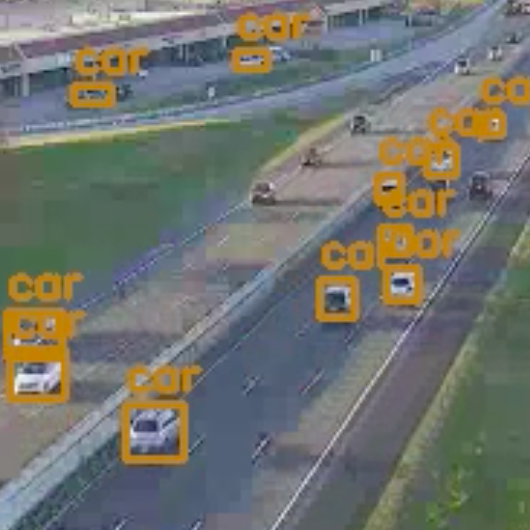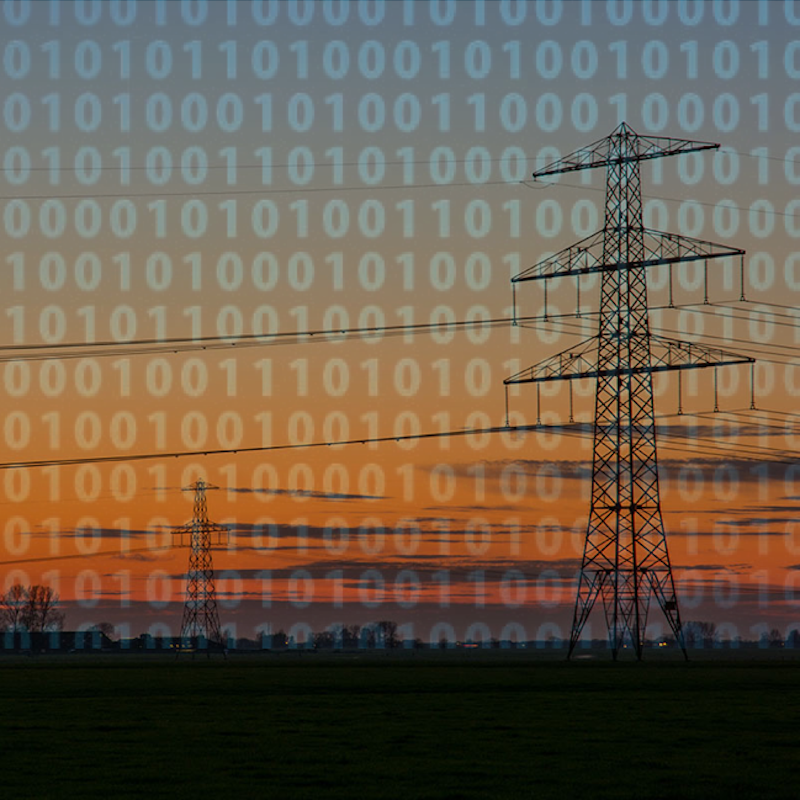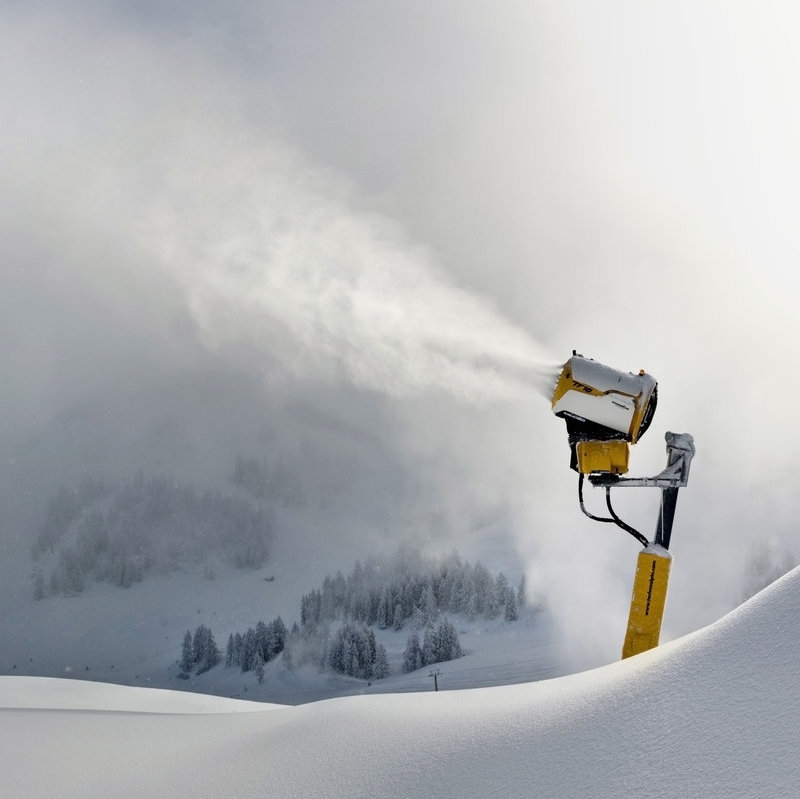Research Projects
Please find some details about present and past research projects below. Some research projects have separate dedicated pages where you can find more information. Please note that some pages are under constant evolution and their content may change.
Detecting Vehicle Class from Real-time Traffic Cameras
I have been part of a group of researchers at NREL who are building up computer vision as a core competency at the lab, with a large focus on transportation research projects. Currently the largest focus is implementing some deep learning algorithms for counting cars and trucks from existing traffic camera infrastructure. These counts are being used to improve traffic volume and energy consumption estimates for the city of Chattanooga.
AI for HPC Operations
The Eagle supercomputer at NREL is the most energy efficient supercomputer in the world. However, we want to make the system performance even more optimal. Collaborating with Hewlett Packard Enterprise, we are implementing algorithms to detect anomolous hardware activity and to perform power-aware job scheduling in an effor to further increase the energy efficiency of the system.
Optimizing Regional Traffic Mobility
Traffic congestion is not only an inconvenience to many of us, but also a major source of pollution and unnecessary energy consumption. In this project, my team at NREL is collaborating with scientists and developers at Oak Ridge National Lab to develop a situational awareness tool for the City of Chattanooga to monitor the latest traffic situation and to optimize traffic mitigation strategies in near real time through simulation and machine learning. Our optimized control strategies aim to reduce energy consumption by 20%.
Wind Plant Performance Estimation
When a new wind plant is being considered for construction, a necessary first step is to assess the potential long-term power generation capabilities and sources of uncertainty. However, there are considerable differences in how consultants assess the potential performance considerations of a new wind plant. In this project, our team at NREL is developing a set of open source tools to drive standardization in the industry and to identify areas of improvement in these pre-construction estimates so that wind plant operators can maximize their expected profit margins.
Fault Forecasting
In this project, MeteoGroup partnered with distribution network operators in the UK. My role was to leverage our weather data and forecasts by developing advanced machine learning models to predict the expected volume of weather-related network faults. This product is currently being developed for operational use.
Optimizing Snow Generation
Ski resorts depend on a reliable amount of artificially-generated snow for their daily wintertime operations. However, the quality and quantity of artifical snow generation can vary significantly with the ambient weather. Together with the Research & Innovation division of MeteoGroup and TechnoAlpin, we demonstrated our ability to save more than 100€ per snow cannon per day by using hyper-local weather forecasts to optimize snow generation times. [More...]
IoT Smart Monitoring
This research project aims to create a sample dashboard for monitoring data from a simulated sensor. The dashboard user is able to generate new data, test how different linear model fitting techniques change with degrees of freedom, and to investigate the limitations of using certain linear models for predicting future sensor values. [More...]
Automotive Intelligence Lab
The Automotive Intelligence Lab research investigates topics related to connected cars and intelligent transportation systems. In particular, we investigate topics related to clustering, machine learning, and geospatial analytics. My role in these projects is highlighted below. Please note that this page is continually updated as the project advances. [More...]
Data-driven Energy Grid
In this Proof-of-Concept project, I was the lead data scientist from T-Systems International to investigate how the structure of a power grid could lead to increased probability and severity of outages in Western Germany. My approach used network analysis, graph theory, and machine learning to uncover the relationship among the network structure and associated outages.
Discovering New Business Opportunities
Inspired by the Yelp Dataset Challenge and together with students in the Internet of Services Lab at TU Berlin, we are trying predict areas that are more likely to yield a successful business opportunity. Our algorithms use data from Yelp and from OpenStreetMap as features for prediiction of business success.
Shipwreck Discovery off North Carolina Coast
I was a member of the three-person science observing crew aboard DSV Alvin to discover a shipwreck at 2500m beneath the ocean's surface. The shipwreck, found off the coast of North Caolina, is believed to date back to the 18th Century. This discovery was featured on many news sites, such as CNN, NBC, The Washington Post, and The Boston Globe. [Press Release]
Deep Sea Connectivity
This interdisciplinary project investigated the connectivity between deep sea hydrocarbon seep sites in the Gulf of Mexico and the Western North Atlantic. I combined bio-physical transport models with 3D circulation models to understand the impact of larval behavior and ocean currents on dispersal and connectivity of these seep sites. The resulting manuscript was published in Deep Sea Research Part I. An interactive visualization of different dispersal envelopes can be found [here]
Shelf Residence Time of River Waters
I am using the Constituent-oriented age and residence time (CART) theory to estimate the fate of river water once it reaches the coast. This novel technique has been specially implemented in the ROMS framework to estimate the residence time of river water on the continental shelves of the Gulf of Mexico and Western North Atlantic.
Gulf Stream Glider Deployment
The first ever sampling of Gulf Stream waters in the South Atlantic Bight with an autonomous underwater vehicle was performed in March 2014. I used the glider output to compare anomolous cross-shelf fluxes of heat and salt in the vacinity of the Gulf Stream. This work was submitted to Geophysical Research Letters.
Red Snapper Recruitment Variability
A collaborative group of scientists from NCSU, NOAA Fisheries, University of Miami, and the Florida Fish and Wildlife Conservation Commission will study the processes leading to recruitment of red snapper larvae in the Gulf of Mexico and South Atlantic Bight using circulation models and bio-physical transport models. This project was funded by NOAA FATE.
Gag Grouper Larval Transport in the Florida Big Bend
This work (published in the Journal of Marine Research)
determines physical mechanisms capable of transporting of gag grouper (
Image Recognition of Oil and Gas Bubbles
I contributed to the development of algorithms to detect oil and gas bubbles in time-lapse video from the deep Gulf of Mexico. These videos were recorded by the Ian MacDonald group at Florida State University by placing cameras in the deep sea near oil and methane release sites. The algorithms have been used to quantify the volume release rate of naturally-released bubbles and are published in Marine and Petroleum Geology.
CLIVAR I6S Cruise
As part of the CLIVAR Repeat Hydrography series and the International Polar Year 2008-2009, I was a member of the scientific team aboard the R/V Roger Revelle to study frontal structure and chemical properties of the Southern Ocean along 30E. The cruise took us from South Africa to the continental shelf of Antarctica. [More...]
Apalachicola Bay Estuarine Exchange
In Spring 2009, I was onboard the R/V Bellows to study the surface wind-driven circulation, tides, and bio-physical connectivity in the Northeastern Gulf of Mexico. We designed, constructed, and tested low-cost surface drifters and assessed the physical and chemical properties across estuarine fronts. [More...]
Connected Cars
All cars since the mid-1990s have been equipped with sensors to measure the vehicle's 'diagnostics. Modern vehicles record information from significantly more vehicles. I am actively working with data from connected cars and from simulated vehicles to identify features about the roads from driver-generated data. The above animation shows data from cars in Ann Arbor, MI and demonstrates how windhshield wiper activity compares to weather radar intensity.
Connected Cars, Transportation, Big Data
Data-Driven Energy Grid
As modern energy grids evolve to handle the growing number of renewable energy generators, energy providers are also evolving their operations to use data-driven approaches for outage prediction and management. In this Proof-of-Concept project, I was the lead data scientist from T-Systems International to investigate how the structure of a power grid could lead to increased probability and severity of outages in Western Germany. My approach used network analysis, graph theory, and machine learning to uncover the relationship among the network structure and associated outages.
Energy, Network analysis, Machine Learning
Discovering Potential Businesses Opportunities
Inspired by the Yelp Dataset Challenge and together with students in the Internet of Services Lab at TU Berlin, we are trying predict areas that are more likely to yield a successful business opportunity. The algorithms we are generating use data from Yelp and from OpenStreetMap as features for prediiction of business success.
Yelp, OpenStreetMap, Machine Learning
Shipwreck Discovery
In July 2015, I was a member of the three-person science observing crew aboard DSV Alvin to discover a shipwreck at 2500m beneath the ocean's surface. The shipwreck, found off the coast of North Caolina, is believed to date back to the 18th Century. This discovery was featured on many international news sites, such as CNN, NBC, The Washington Post, and The Boston Globe.
Shipwreck, Ocean Exploration, Deep SeaDeep Sea Connectivity
This project is part of an interdisciplinary effort to understand the connectivity between deep sea hydrocarbon seep sites in the Gulf of Mexico and the East Coast of the United States. My involvement is to couple bio-physical transport models with 3D circulation models to understand the impact of larval behavior on their dispersal and to understand how both physics and biological behavior contribute to connectivity of these seep sites.
Deep Sea, Connectivity, Bio-physical, Ocean ModelingShelf Residence Time of River Waters
I am using the Constituent-oriented age and residence time (CART) theory to estimate the fate of river water once it reaches the coast. This novel technique has been specially implemented in the ROMS framework to estimate the residence time of river water on the continental shelves of the Gulf of Mexico and Western North Atlantic.
Ocean Models, Residence Time
Gulf Stream Glider
The first ever sampling of Gulf Stream waters in the South Atlantic Bight with an autonomous underwater vehicle was performed in March 2014. I used the glider output to compare anomolous cross-shelf fluxes of heat and salt in the vacinity of the Gulf Stream. This work was submitted to Geophysical Research Letters
Gliders, Gulf Stream
Red Snapper Recruitment Variability
A collaborative group of scientists from NCSU, NOAA Fisheries, University of Miami, and the Florida Fish and Wildlife Conservation Commission will study the processes leading to recruitment of red snapper larvae in the Gulf of Mexico and South Atlantic Bight using circulation models and bio-physical transport models. This project was funded by NOAA FATE.
Larval Transport, Recruitment, Ocean Modeling, Connectivity, Fisheries
Gag Grouper Larval Transport in the Florida Big Bend
This work (published in the Journal of Marine Research) determines physical mechanisms capable of transporting of gag grouper (
Image Recognition of Oil and Gas Bubbles
I contributed to the development of algorithms to detect oil and gas bubbles in time-lapse video from the deep Gulf of Mexico. These videos were recorded by the Ian MacDonald group at Florida State University by placing cameras in the deep sea near oil and methane release sites. The algorithms have been used to quantify the volume release rate of naturally-released bubbles and are presented in a manuscript currently under review in PLOS ONE.
Image recognition, Oil and Gas, Deep Sea, Geology
CLIVAR I6S Cruise
As part of the CLIVAR Repeat Hydrography series and the International Polar Year 2008-2009, I was a member of the scientific team aboard the R/V Roger Revelle to study frontal structure and chemical properties of the Southern Ocean along 30E. The cruise took us from South Africa to the continental shelf of Antarctica.
Climate, CLIVAR, WOCE, Southern Ocean, Antarctica
Apalachicola Bay Estuarine Exchange
In Spring 2009, I was onboard the R/V Bellows to study the surface wind-driven circulation, tides, and bio-physical connectivity in the Northeastern Gulf of Mexico. We designed, constructed, and tested low-cost surface drifters and assessed the physical and chemical properties across estuarine fronts.
Estuary, Drifters, Apalachicola, Florida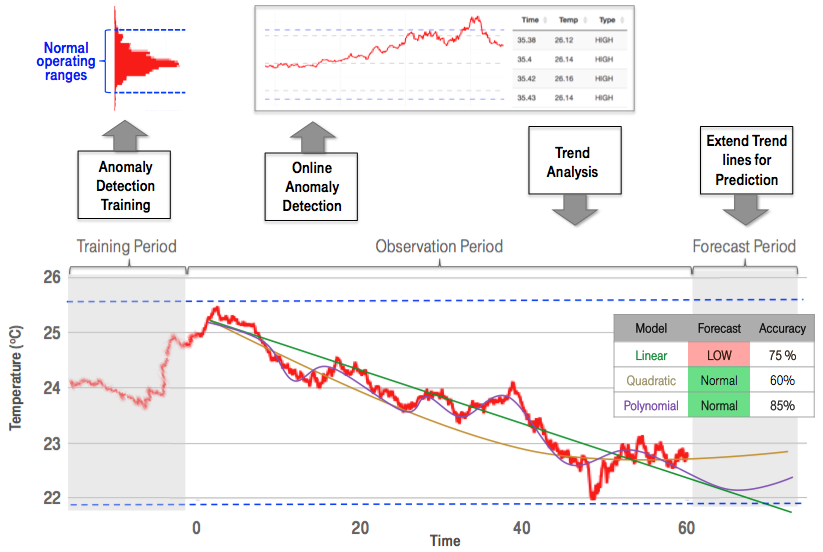
IoT Smart Monitoring
In this research project I created a sample dashboard for monitoring data from a simulated sensor. The dashboard allows the user to generate new data, test how different linear model fitting techniques change with degrees of freedom, and to investigate the limitations of using certain linear models for predicting future sensor values.
IoT, Anomaly Detection, Trend Analysis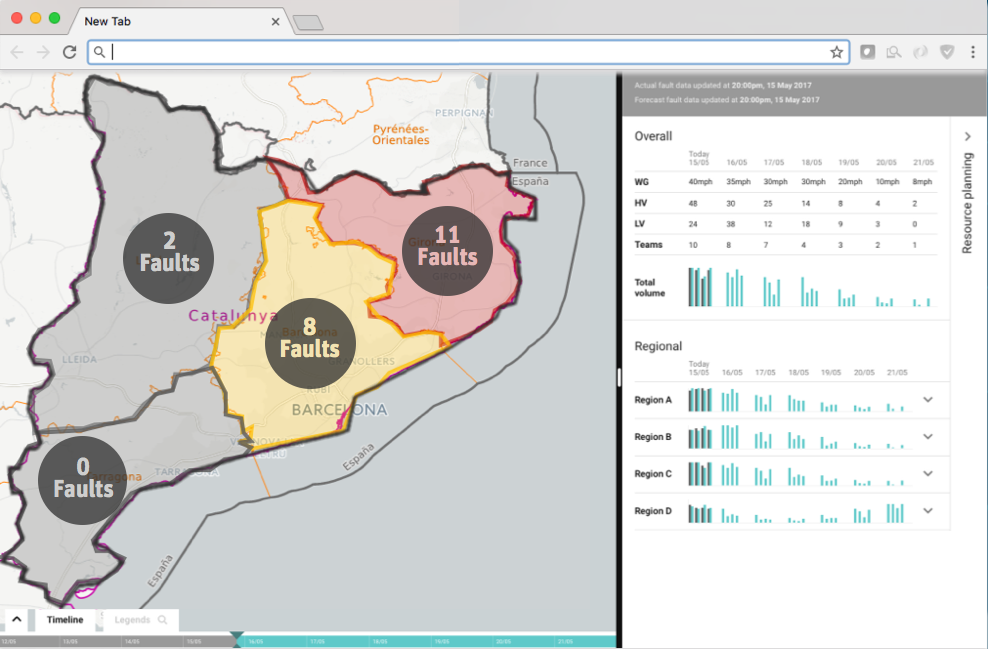
Fault Forecasting
Distribution network operators (DNOs) face enormous pressure to properly prepare for widespread power outage events, which are mostly due to big storms. In this project, MeteoGroup partnered with DNOs in the UK to develop advanced machine learning models that leverage our weather data and forecasts by predicting the expected volume of weather-related network faults. This product is currently being developed for operational use.
Energy, Machine Learning, Data Science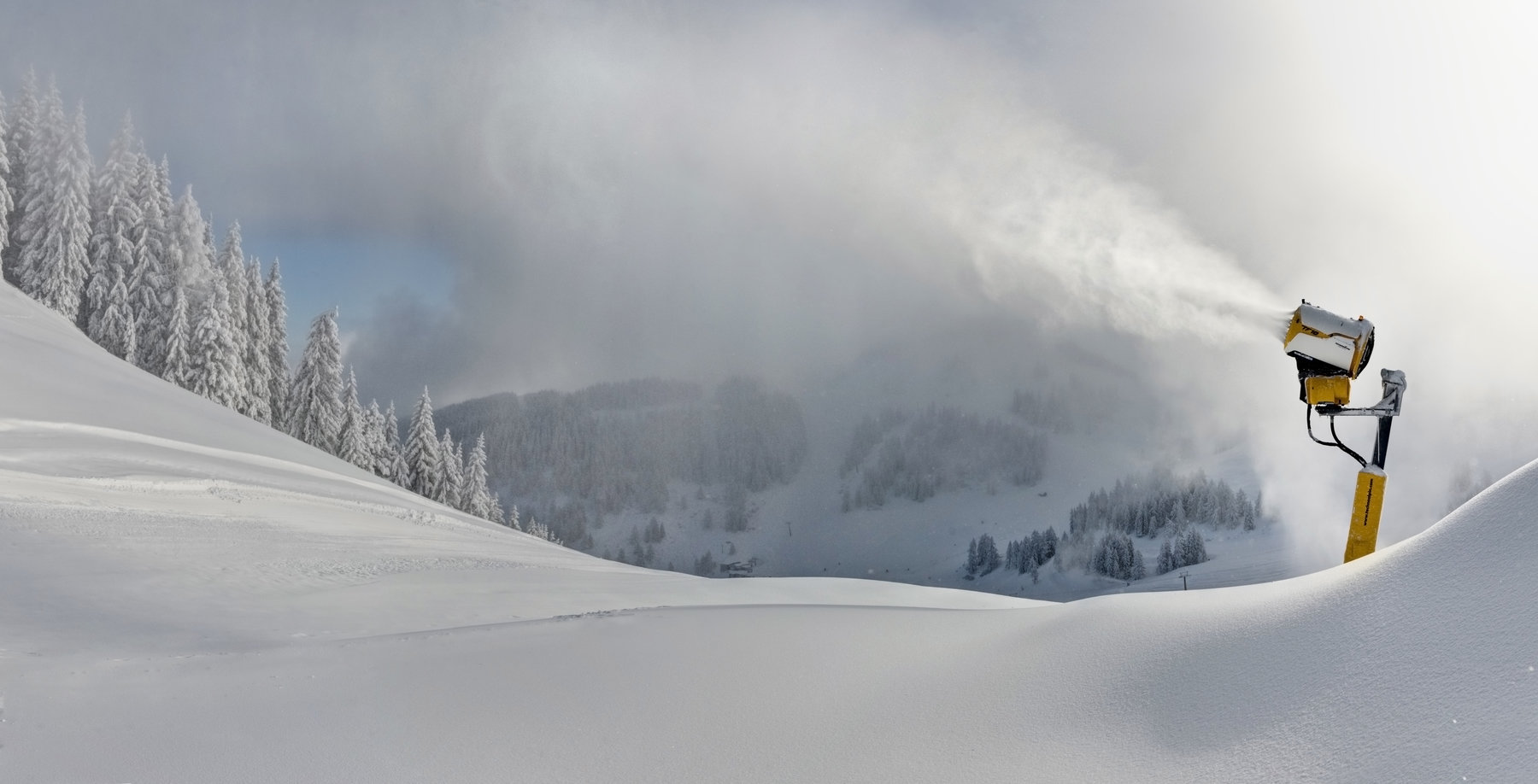
Optimized snow generation
Ski resorts depend on a reliable amount of artificially-generated snow for their daily wintertime operations. However, the quality and quantity of artifical snow generation can vary significantly with the ambient weather. Together with the Research & Innovation division of MeteoGroup and TechnoAlpin, we demonstrated our ability to save more than 100€ per snow cannon per day by using hyper-local weather forecasts to optimize snow generation times.
Weather Forecasting, Optimization, Snow Cannons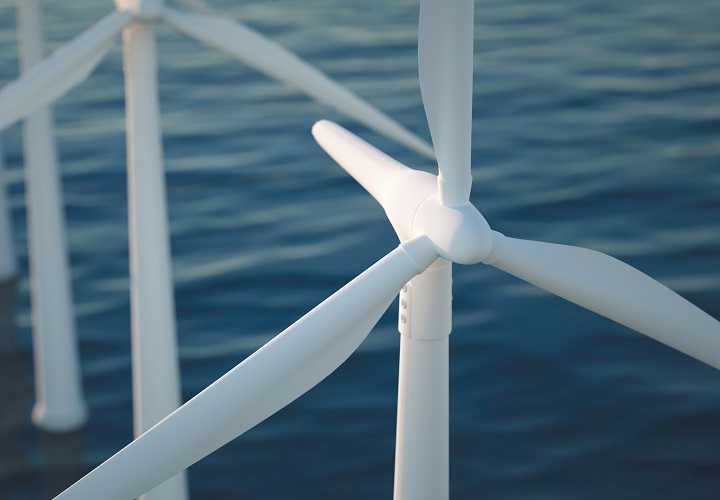
Wind Plant Performance Estimation
When a new wind plant is being considered for construction, a necessary first step is to assess the potential long-term power generation capabilities and sources of uncertainty. However, there are considerable differences in how consultants assess the potential performance considerations of a new wind plant. In this project, our team at NREL is developing a set of open source tools to drive standardization in the industry and to identify areas of improvement in these pre-construction estimates so that wind plant operators can maximize their expected profit margins.
Wind Farms, Renewable Energy, Open source
Optimizing Regional Traffic Mobility
Traffic congestion is not only an inconvenience to many of us, but also a major source of pollution and unnecessary energy consumption. In this project, my team at NREL is collaborating with scientists and developers at Oak Ridge National Lab to develop a situational awareness tool for the City of Chattanooga to monitor the latest traffic situation and to optimize traffic mitigation strategies in near real time through simulation and machine learning. Our optimized control strategies aim to reduce energy consumption by 20%.
Transportation, Energy, Simulation
AI for HPC Operations
The Eagle supercomputer at NREL is the most energy efficient supercomputer in the world. However, we want to make the system performance even more optimal. Collaborating with Hewlett Packard Enterprise, we are implementing algorithms to detect anomolous hardware activity and to perform power-aware job scheduling in an effor to further increase the energy efficiency of the system.
AI, HPC, Energy, Machine LearningDetecting vehicle class from traffic cameras
I have been part of a group of researchers at NREL who are building up computer vision as a core competency at the lab, with a large focus on transportation research projects. Currently the largest focus is implementing some deep learning algorithms for counting cars and trucks from existing traffic camera infrastructure. These counts are being used to improve traffic volume and energy consumption estimates for the city of Chattanooga.
Computer Vision, Neural Networks, Transportation